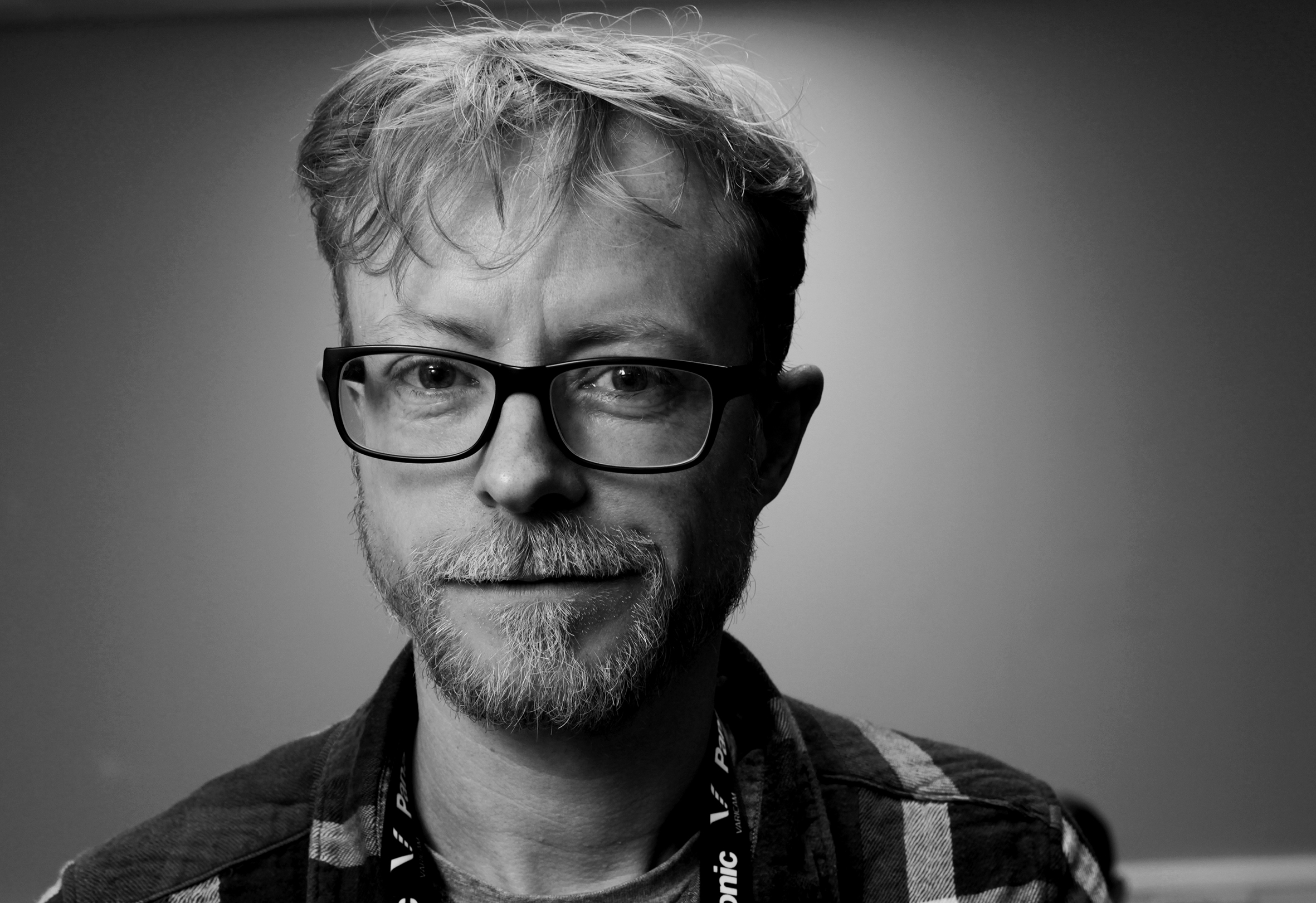HBS converts with JVC, Sony

World Cup host broadcaster HBS is using JVC’s IF-2D3D1 stereoscopic image processor to convert select 2-D shots into 3-D for live transmission of 25 World Cup matches.
The vast majority of coverage will be captured in native 3-D, but certain shots may be upconverted in order to deliver the best possible presentation of the action.
Peter Angell, HBS director of production and programming and FIFA special 3-D project leader told Broadcast Engineering, “After weeks of tests in the run up to the World Cup, we finally decided to go with JVC 2-D to 3-D conversion, although some specific shots may be adapted for 3-D using the Sony MVS8000 vision mixer.”
The video effects function of the MVS8000 switcher can be used to split the image and create, what Angell terms, a “pseudo-3-D” image from 2-D cameras.
Both methods were trialed during the French Open tennis tournament in May by Can Communicate, the technical partner of HBS on the World Cup project.
“Our primary goal is to tell the story of the match as well as possible, but that doesn’t mean littering the coverage with 2-D shots,” Angell said. “If there’s a particular incident which has only been captured on a 2-D camera, or a 2-D camera has the best angle, then, editorially, that shot is critical to the story, and we would be penalizing the viewer if that weren’t included.”
The professional video industry's #1 source for news, trends and product and tech information. Sign up below.
Adrian Pennington is a journalist specialising in film and TV production. His work has appeared in The Guardian, RTS Television, Variety, British Cinematographer, Premiere and The Hollywood Reporter. Adrian has edited several publications, co-written a book on stereoscopic 3D and is copywriter of marketing materials for the industry. Follow him @pennington1

